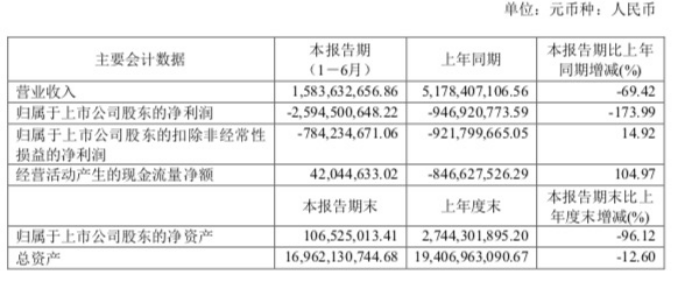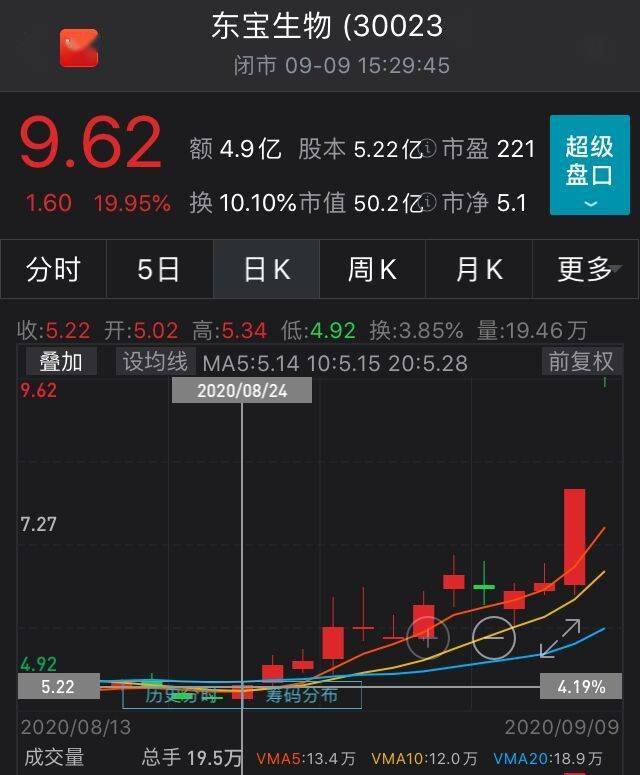иҝҷз§Қж–№жі•жҳҜеҸҜд»ҘиҫҫеҲ°дёҚйҳ»еЎһдё»зӣ®зҡ„,дҪҶжҳҜжҜҸжү“еҚ°дёҖжқЎж—Ҙеҝ—е°ұйңҖиҰҒејҖеҗҜдёҖдёӘзәҝзЁӢ,д№ҹжҳҜжҢәжөӘиҙ№иө„жәҗзҡ„ гҖӮжҲ‘们д№ҹеҸҜд»ҘдҪҝз”ЁзәҝзЁӢжұ жқҘеӨ„зҗҶ
3.2 дҪҝз”ЁзәҝзЁӢжұ еӨ„зҗҶpython зҡ„ concurrent.futures дёӯжңүThreadPoolExecutor, ProcessPoolExecutorзұ»,жҳҜзәҝзЁӢжұ е’ҢиҝӣзЁӢжұ ,е°ұжҳҜеңЁеҲқе§ӢеҢ–зҡ„ж—¶еҖҷе…Ҳе®ҡд№үеҮ дёӘзәҝзЁӢ,д№ӢеҗҺи®©иҝҷдәӣзәҝзЁӢжқҘеӨ„зҗҶзӣёеә”зҡ„еҮҪж•°,иҝҷж ·дёҚз”ЁжҜҸж¬ЎйғҪйңҖиҰҒж–°еҲӣе»әзәҝзЁӢ
зәҝзЁӢжұ зҡ„еҹәжң¬дҪҝз”Ё
exector = ThreadPoolExecutor(max_workers=1) # еҲқе§ӢеҢ–дёҖдёӘзәҝзЁӢжұ ,еҸӘжңүдёҖдёӘзәҝзЁӢexector.submit(fn, args, kwargs) # е°ҶеҮҪж•°submitеҲ°зәҝзЁӢжұ дёӯеҰӮжһңзәҝзЁӢжұ дёӯжңүnдёӘзәҝзЁӢ,еҪ“жҸҗдәӨзҡ„taskж•°йҮҸеӨ§дәҺnж—¶,еҲҷеӨҡдҪҷзҡ„taskе°Ҷж”ҫеҲ°йҳҹеҲ—дёӯ.
еҶҚж¬Ўдҝ®ж”№дёҠйқўзҡ„emitеҮҪж•°
exector = ThreadPoolExecutor(max_workers=1)def emit(self, record): msg = self.format(record) timeout = aiohttp.ClientTimeout(total=6) if self.method == "GET": if (self.url.find("?") >= 0): sep = '&' else: sep = '?' url = self.url + "%c%s" % (sep, urllib.parse.urlencode({"log": msg})) exector.submit(requests.get, url, timeout=6) else: headers = { "Content-type": "application/x-www-form-urlencoded", "Content-length": str(len(msg)) } exector.submit(requests.post, self.url, data=https://www.isolves.com/it/cxkf/yy/Python/2020-09-25/{'log': msg}, headers=headers, timeout=6)иҝҷйҮҢдёәд»Җд№ҲиҰҒеҸӘеҲқе§ӢеҢ–дёҖдёӘеҸӘжңүдёҖдёӘзәҝзЁӢзҡ„зәҝзЁӢжұ ? еӣ дёәиҝҷж ·зҡ„иҜқеҸҜд»ҘдҝқиҜҒе…ҲиҝӣйҳҹеҲ—йҮҢзҡ„ж—Ҙеҝ—дјҡе…Ҳиў«еҸ‘йҖҒ,еҰӮжһңжұ еӯҗдёӯжңүеӨҡдёӘзәҝзЁӢ,еҲҷдёҚдёҖе®ҡдҝқиҜҒйЎәеәҸдәҶ гҖӮ
3.3 дҪҝз”ЁејӮжӯҘaiohttpеә“жқҘеҸ‘йҖҒиҜ·жұӮдёҠйқўзҡ„CustomHandlerзұ»дёӯзҡ„emitж–№жі•дҪҝз”Ёзҡ„жҳҜrequests.postжқҘеҸ‘йҖҒж—Ҙеҝ—,иҝҷдёӘrequestsжң¬иә«жҳҜйҳ»еЎһиҝҗиЎҢзҡ„,д№ҹжӯЈдёҠз”ұдәҺе®ғзҡ„еӯҳеңЁ,жүҚдҪҝеҫ—и„ҡжң¬еҚЎдәҶеҫҲй•ҝж—¶й—ҙ,жүҖд»ҘжҲ‘们еҸҜд»Ҙе°Ҷйҳ»еЎһиҝҗиЎҢзҡ„requestsеә“жӣҝжҚўдёәејӮжӯҘзҡ„aiohttpжқҘжү§иЎҢgetе’Ңpostж–№жі•, йҮҚеҶҷдёҖдёӘCustomHandlerдёӯзҡ„emitж–№жі•
class CustomHandler(logging.Handler): def __init__(self, host, uri, method="POST"): logging.Handler.__init__(self) self.url = "%s/%s" % (host, uri) method = method.upper() if method not in ["GET", "POST"]: raise ValueError("method must be GET or POST") self.method = method async def emit(self, record): msg = self.format(record) timeout = aiohttp.ClientTimeout(total=6) if self.method == "GET": if (self.url.find("?") >= 0): sep = '&' else: sep = '?' url = self.url + "%c%s" % (sep, urllib.parse.urlencode({"log": msg})) async with aiohttp.ClientSession(timeout=timeout) as session: async with session.get(self.url) as resp: print(await resp.text()) else: headers = { "Content-type": "application/x-www-form-urlencoded", "Content-length": str(len(msg)) } async with aiohttp.ClientSession(timeout=timeout, headers=headers) as session: async with session.post(self.url, data=https://www.isolves.com/it/cxkf/yy/Python/2020-09-25/{'log': msg}) as resp: print(await resp.text())
жҺЁиҚҗйҳ…иҜ»
- йҮ‘йӘҸзңүжҳҜзәўиҢ¶иҝҳжҳҜз»ҝиҢ¶,йӘҸзңүдёӯеӣҪд№ӢеӨ§еҸ¶йҮ‘зІ№зәўиҢ¶иҙөе·һжҷ®е®үеӨ§еҸ¶з§ҚзәўиҢ¶
- PythonзҲ¬иҷ«жЎҲдҫӢпјҡзҲ¬еҸ–еҫ®дҝЎе…¬дј—еҸ·ж–Үз«
- зҘһз»ҸзҪ‘з»ңдёӯзҡ„и’ёйҰҸжҠҖжңҜпјҢд»ҺSoftmaxејҖе§ӢиҜҙиө·
- дёҖиЎҢд»Јз Ғи®©дҪ зҡ„pythonиҝҗиЎҢйҖҹеәҰжҸҗй«ҳ100еҖҚ
- жӯЈеҸІдёӯзҡ„е…ізҫҪзңҹжңүиҝҷд№ҲеҺүе®іеҗ— е…ізҫҪжҳҜе“ӘйғЁдҪңе“Ғзҡ„дәәзү©
- жө…и°Ҳ React дёӯзҡ„ XSS ж”»еҮ»
- жҠ–дёҖдёӯжҳҜд»Җд№Ҳжў—пјҹ
- дёӯеһӢзҠ¬дёҚжҺүжҜӣж— дҪ“е‘ізҡ„зӢ—жҺ’еҗҚеҰӮдҪ•пјҹ
- дёәд»Җд№Ҳжңүзҡ„еӣҪ家иҪҰиҫҶйқ е·ҰиЎҢ驶 дёӯеӣҪиҪҰиҫҶйқ е·ҰиЎҢ驶иҝҳжҳҜйқ еҸіиЎҢ驶
- дёүеӣҪе№Іж¶үиҝҳиҫҪдёӯзҡ„дёүеӣҪжҢҮзҡ„жҳҜ
















